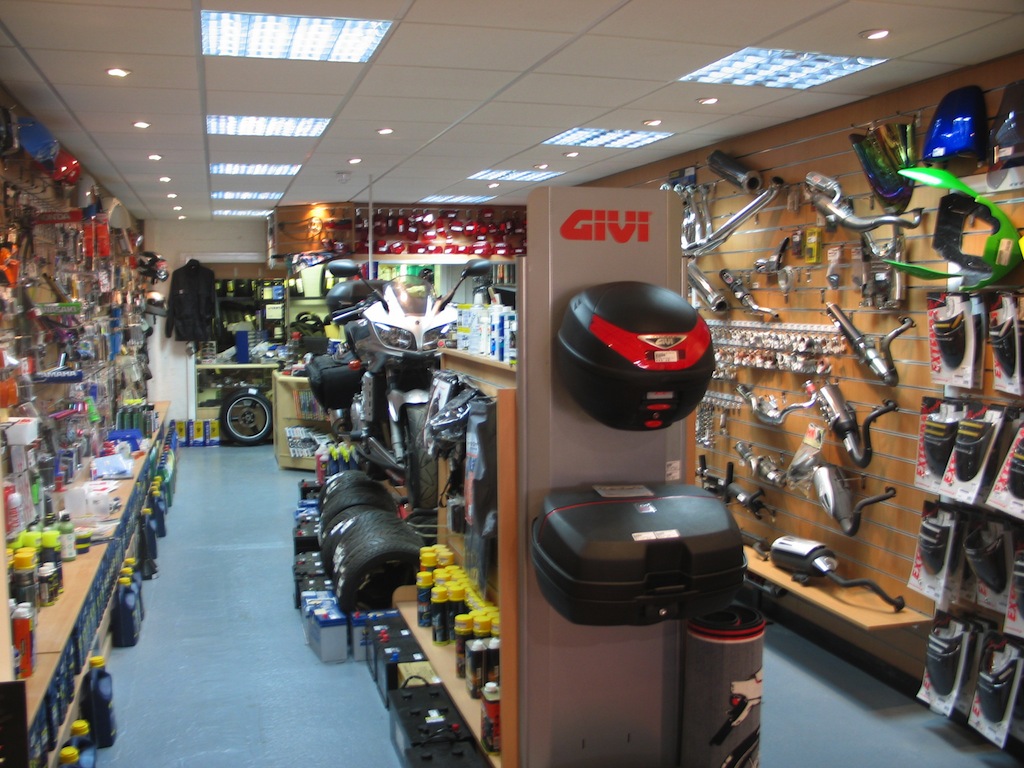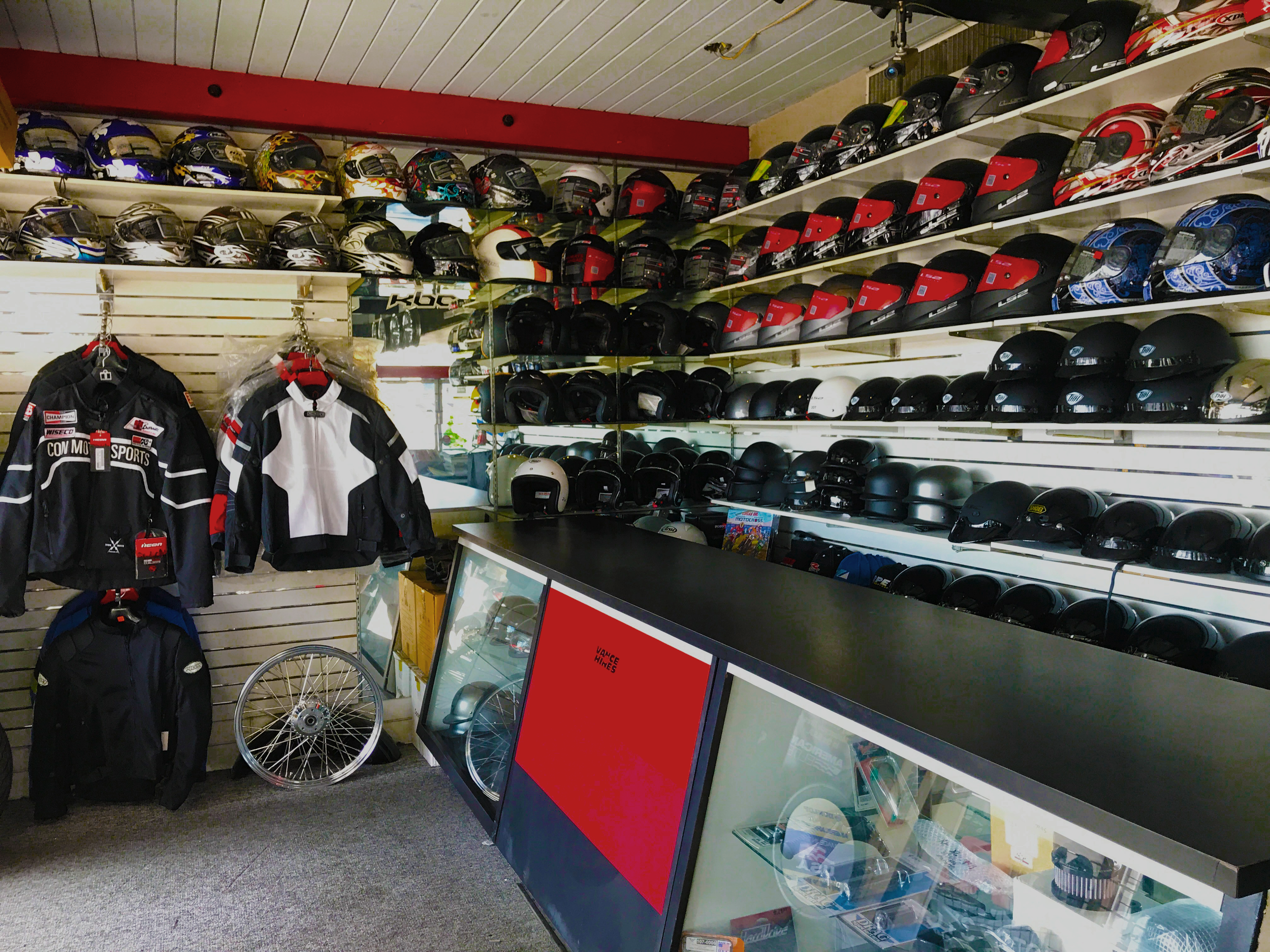Comprehending the Vital Components of a Motorbike: A Comprehensive Overview for Lovers
For motorcycle fanatics looking to raise their riding experience and guarantee their bikes run smoothly, recognizing the essential parts of a motorbike is extremely important. Each component, from the engine's detailed functions to the critical role of the braking systems, not just impacts performance however also safety and comfort.
Engine Components

The camshaft plays a critical function in regulating the timing of the engine's shutoffs, ensuring the accurate opening and closing needed for reliable gas and air intake, in addition to exhaust expulsion. This timing is important to maintaining optimum engine performance and efficiency. Furthermore, the carburetor or gas shot system, depending upon the motorbike design, is in charge of mixing air with gas in the correct ratio for combustion.
The cooling system, either air or liquid-based, functions to maintain the engine's temperature within functional restrictions, stopping getting too hot and making sure durability - moto parts nz. Each element, thoroughly created and incorporated, adds to the seamless operation of the engine, specifying the bike's power outcome and general performance
Transmission System
Important to the motorbike's functionality, the transmission system makes sure reliable power transfer from the engine to the wheels. This system makes up several critical parts, including the clutch, gearbox, and last drive, each playing a vital role in converting the engine's power right into motion. The clutch, usually run by a hand bar, serves to involve and disengage the engine from the transmission, permitting smooth equipment modifications and controlled velocity.
The transmission, usually referred to as the transmission proper, includes a set of equipments that riders can by hand move with to change the bike's rate and torque outcome. These gears are organized in a sequence that enables the bike to increase efficiently and keep optimum engine performance across different speeds. Most bikes utilize a sequential transmission, needing the motorcyclist to change equipments in a fixed order.
Braking Systems
While understanding the transmission system is essential to utilizing a motorbike's power, equally essential is the capacity to control and quit that power efficiently, which is where braking devices enter into play. Brakes are important for safety and efficiency, giving the cyclist with the required control to browse various terrains and conditions. Normally, motorbikes feature 2 sorts of braking systems: disc brakes and drum brakes.
Disc brakes are more common in modern bikes as a result of their exceptional performance. They contain a brake disc, caliper, and pads. When triggered, the caliper squeezes the brake pads versus the rotating disc, converting kinetic power right into heat, thereby slowing the wheel. This system supplies better warm dissipation, regular efficiency, and improved stopping power, specifically in damp conditions.
Conversely, drum brakes, though less typical, are still located in some motorcycles. They work by pressing brake footwear versus the inner surface of a drum affixed to the wheel. While typically less efficient in warmth dissipation and quiting power, drum brakes are simpler and a lot more cost-effective.
Comprehending these stopping systems' subtleties allows bikers to preserve their motorbikes appropriately and value the engineering that ensures safe and efficient quiting.
Suspension and Guiding
Suspension and steering systems are crucial parts that considerably influence a motorcycle's handling and adventure convenience. The shock absorber, consisting of forks at the front and shock absorbers at the back, soaks up roadway irregularities, improving stability and control. Front forks, typically telescopic or inverted, compress and rebound to mitigate influences, while back shock absorbers keep tire call with the road, crucial for grip and safety.
Guiding, focused around the handlebars, links the rider to the bike's directional control. The guiding head bearings ensure smooth procedure, enabling exact maneuverability. Proper placement and maintenance of these bearings are important for foreseeable steering response and lowering rider fatigue.
The suspension's adjustability is another critical facet; preload, damping, and rebound setups allow personalization to match numerous riding designs and problems. This versatility is vital for maximizing performance, whether browsing urban roads or dealing with rugged routes. Developments like electronic suspension systems supply real-time modifications, boosting experience quality throughout diverse terrains.

Electric Equipments
After making sure a smooth and controlled ride with efficient suspension and steering systems, attention transforms to the electrical systems, a crucial element of modern motorbikes. These systems play a crucial role not only in starting the engine however additionally in powering numerous components that improve the capability and safety of explanation the bike.
At the heart of a motorbike's electric system is the battery, which shops electrical energy necessary for beginning the engine and powering supporting systems - motorbike shop. The generator or generator, combined with the rectifier-regulator, ensures the battery stays billed while the bike is in procedure, transforming mechanical energy right into electric power and maintaining voltage degrees
The ignition system, one more essential component, is responsible for stiring up the air-fuel mixture in the engine's cylinders. Modern motorcycles frequently use a digital ignition system, offering greater efficiency and integrity contrasted to typical systems.
Lights systems, consisting of fronts lights, tail lights, and signs, are additionally crucial, guaranteeing exposure and safety and security for the cyclist. Added digital elements such as sensing units, control devices, and presents add to sophisticated features like fuel injection management, anti-lock braking systems (ABDOMINAL MUSCLE), and digital dashboards, additionally boosting the riding experience.
Verdict
A thorough understanding of a motorbike's important parts, including the engine, transmission system, braking mechanisms, suspension, guiding, and electrical systems, is vital for lovers aiming to optimize efficiency, comfort, and safety and security. Proficiency of these aspects enables for educated decisions pertaining to maintenance and upgrades, inevitably improving the riding experience. By integrating this understanding, bikers can ensure their motorbikes operate at peak effectiveness and integrity, thereby optimizing both pleasure and long life of their cars.
For motorbike fanatics looking to elevate their riding experience and guarantee their bikes run smoothly, comprehending the crucial components of a bike is extremely important.Essential to the motorbike's performance, the transmission system makes sure reliable power transfer from the engine to the wheels.While recognizing the transmission system is essential to using a bike's power, just as important is the try this website capacity to control and quit that power efficiently, which is where stopping systems come right into play. Commonly, bikes include 2 kinds of braking systems: disc brakes and drum brakes.
An extensive understanding of a bike's crucial elements, consisting visit site of the engine, transmission system, stopping devices, suspension, guiding, and electrical systems, is essential for fanatics aiming to maximize convenience, safety, and efficiency.
Comments on “Discover Quality Moto Parts NZ for All Your Motorcycle Demands”